
Photo essay Conceptual
Windscreen

- Tell us a little about your background – what path led you to becoming a photographer, and to doing what you’re doing today?
I am a product of the ’80s and 90’s, a second-generation American born and raised in the lower Hudson Valley of New York.
In my first year of college, I majored in psychology. Although I was interested in art and experimented with different mediums in my youth, I never considered myself an "artist." However, in my second year of college, I enrolled in a photography class to fulfill a requirement. My instructor, John Schlesinger, opened my eyes to the depth and significance of photography as an art form, and I was hooked.
During that time, I was introduced to the work of Henry Wessel. I was amazed by the quality of light in his images. Hank was able to make poetry out of the vernacular. When I discovered that he was a professor at the San Francisco Art Institute, I decided to transfer there and study under him as much as possible.
Hank had a huge influence on me during the most formative years of my artistic practice. Wessel would say, “It can happen anytime anywhere. You don’t have to be in front of stuff that will make a good photograph. It’s possible anywhere”
I completed my BFA at SFAI and then returned to New York where I assisted in managing a wet lab at the community college. I was requested to teach a photography course, and that's when I discovered my passion for teaching and sharing my love for photography with others in the classroom.
I continued my studies and received an MFA from the Massachusetts College of Art and Design. MassArt had so many great professors. The importance of having good mentors cannot be overstated.
I Currently live and work in Honolulu, where I teach at the Leeward Community College.
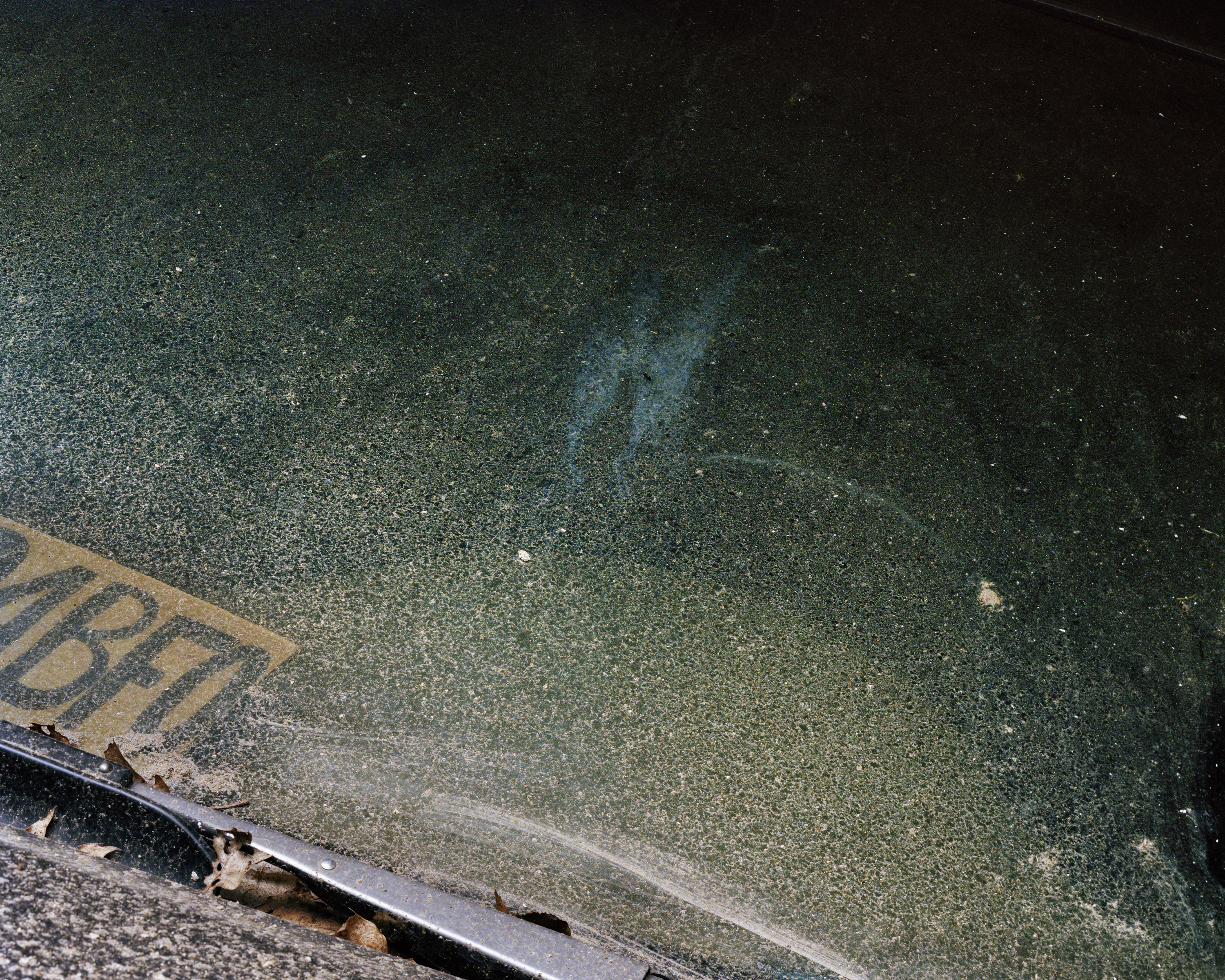
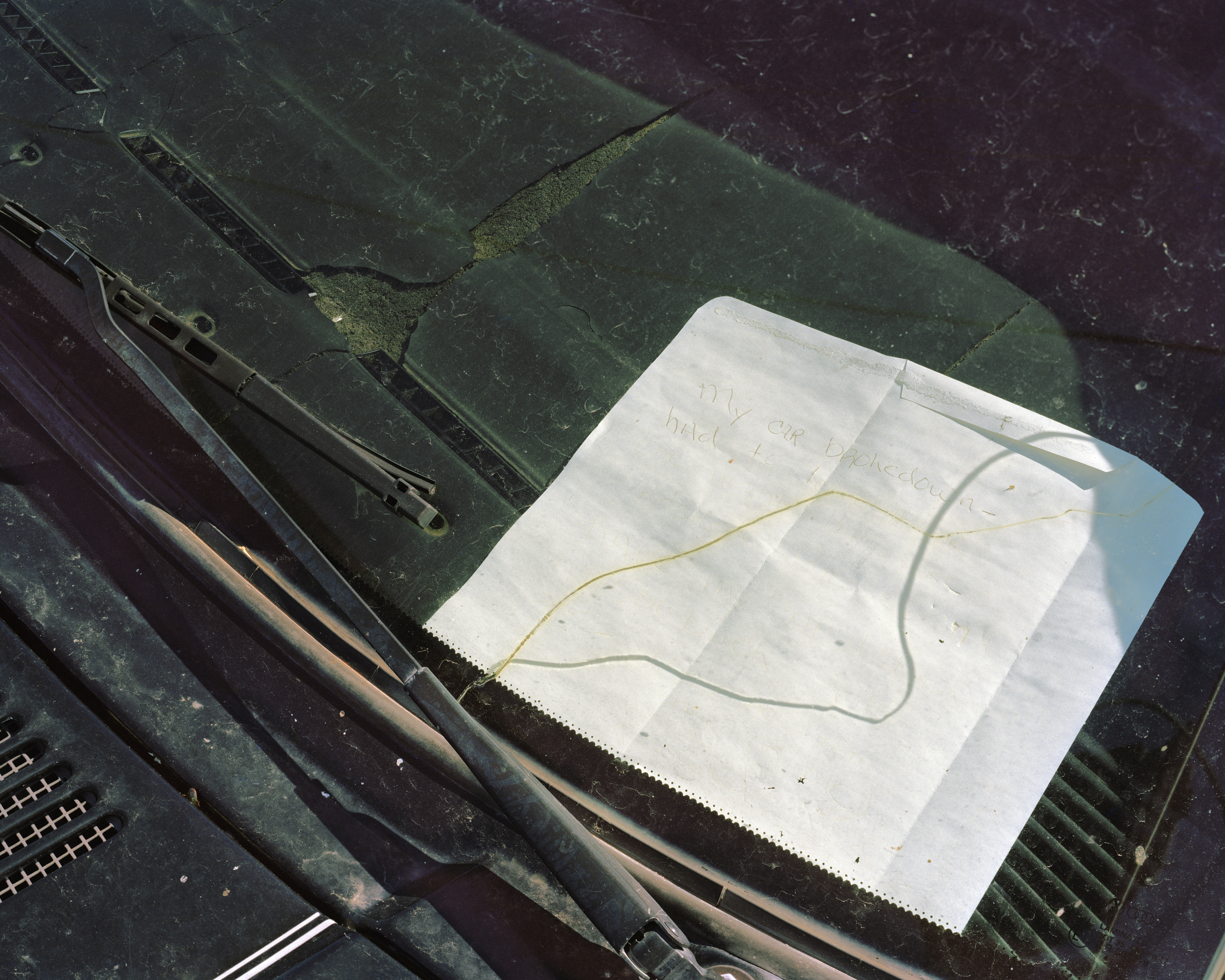
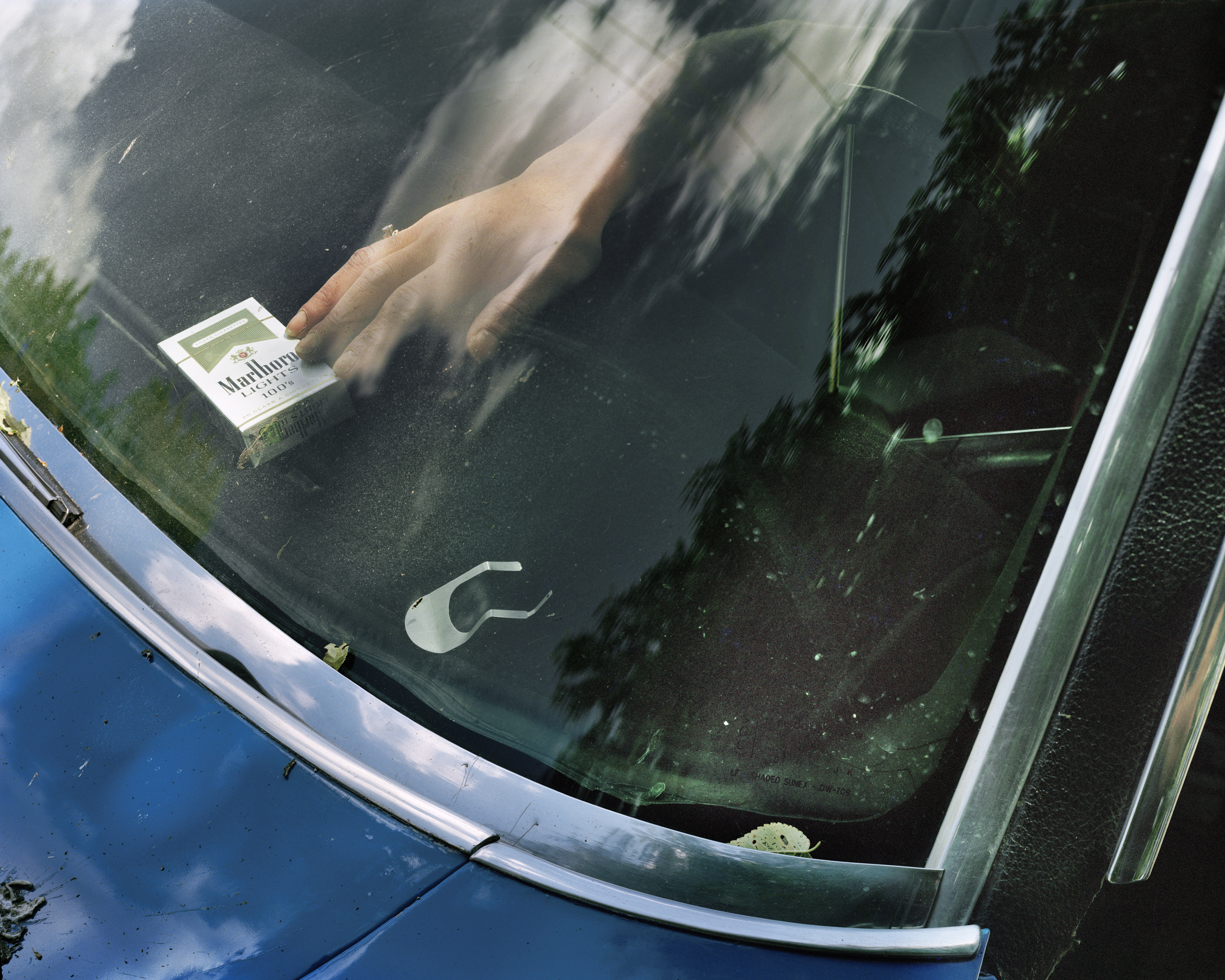
- Can you tell us a bit more about the project ‘Windscreen’?
Windscreen is a contemporary look at our social landscape through the cultural geography of the automobile. The car is a vehicle in my work both in a literal sense and as a metaphor… to talk about loss and the human condition.
While photographing for the series, I was thinking about the connection cars have to class structure, spatial mobility and as a means of escape.
I feel the work is relevant to what many of us feel today. Tired of empty promises of something better. I wanted to address those feelings in a form of visual language.
I often use music to set a certain mood while photographing. I was listening to Bruce Springsteen's Nebraska obsessively while working on Windscreen. The book is a kind of visual elegy to the songs on the album.
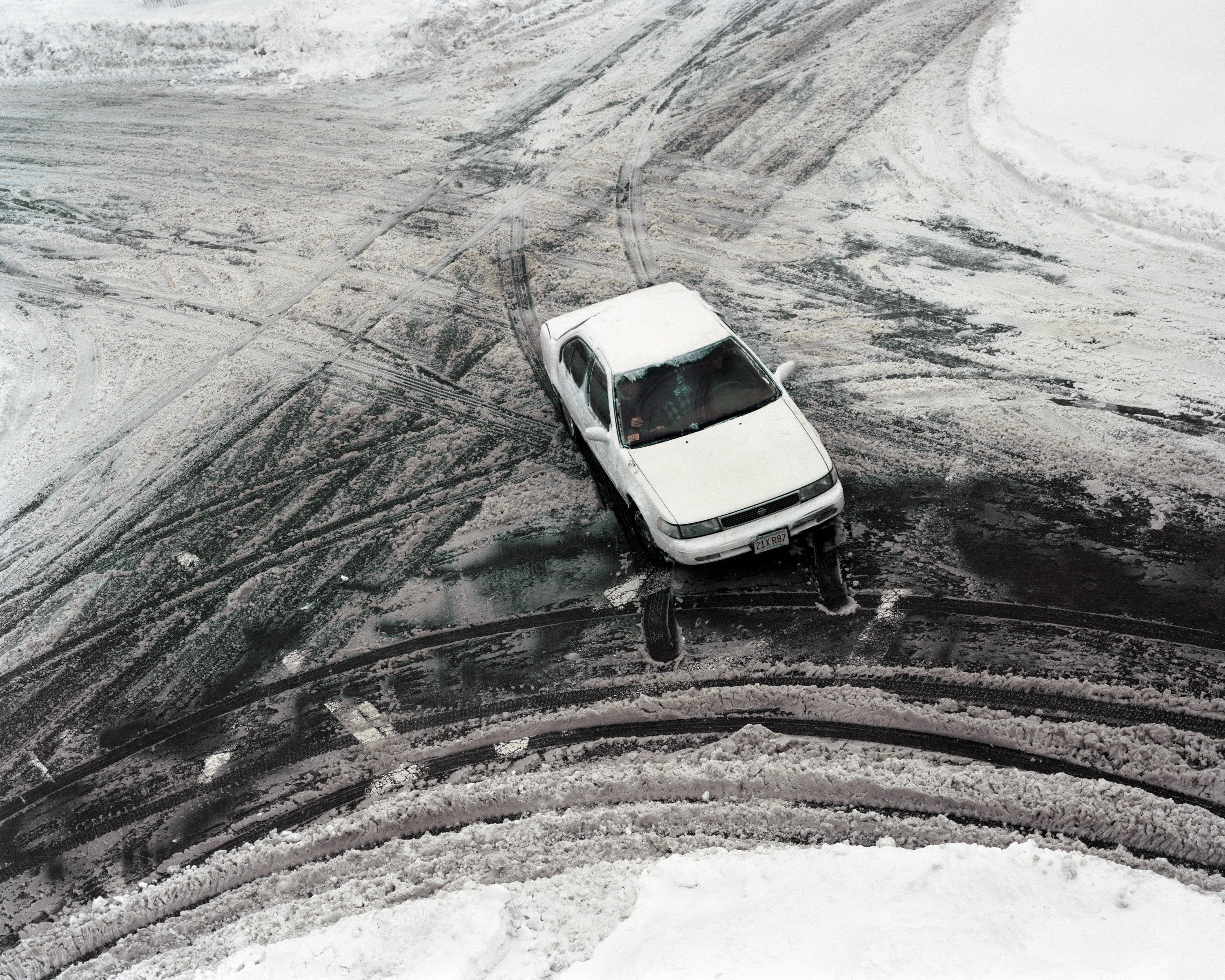
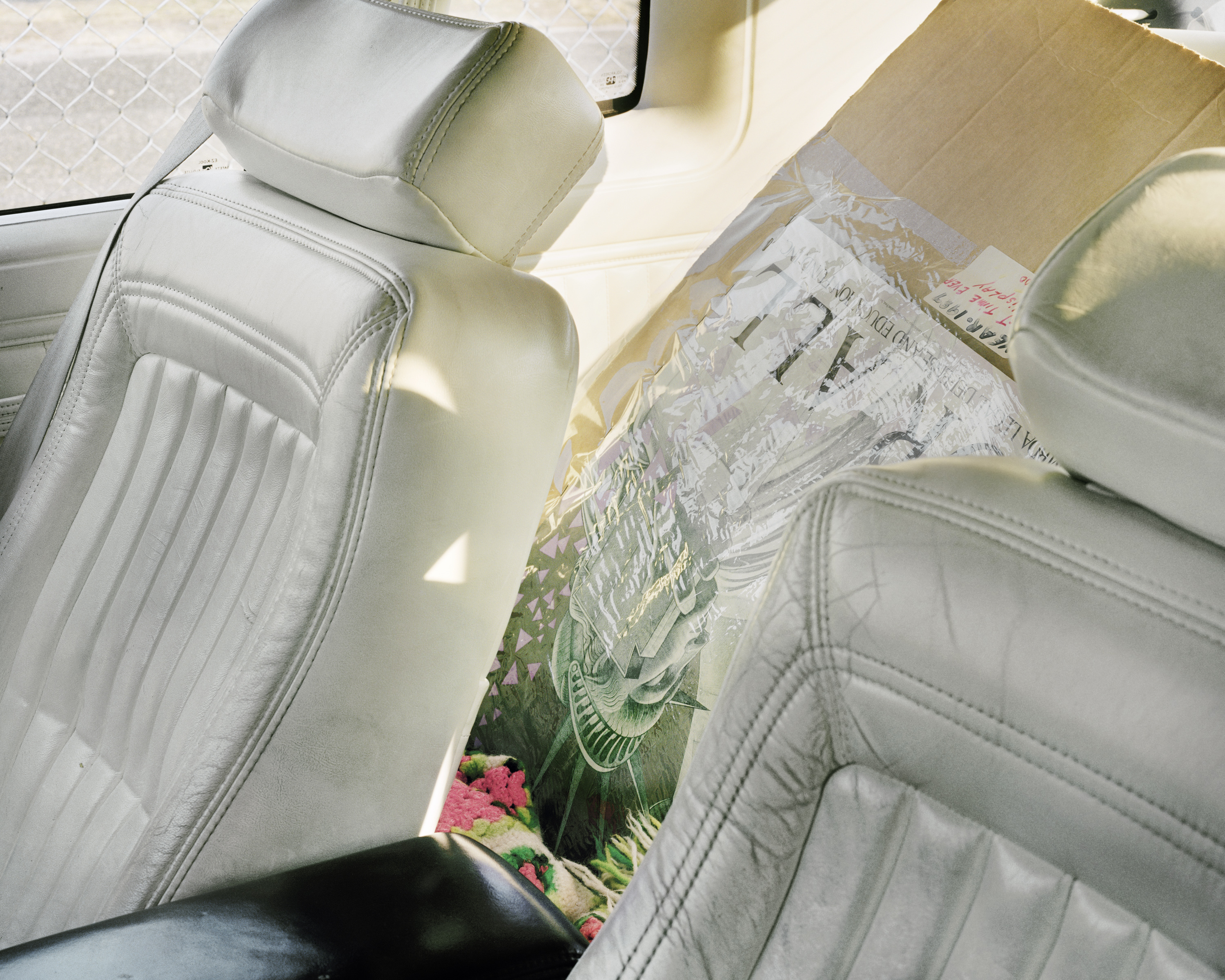

- Can you tell us a bit more about the process of making the book ‘Windscreen’?
I can’t say enough good things about Paul Schiek and the entire team at TBW. We didn’t rush the process, we allowed things to fall into place over an extended period of time. We both wanted to contribute something meaningful and make a book that would stand up over time. Paul’s edit of the work was really thoughtful. We both agreed that the book needed to be large for the subject matter to work. The images were all shot using a large format camera. I painstakingly worked on the color conversions and match prints for the printer. The quality of the images in the book speaks for themselves.
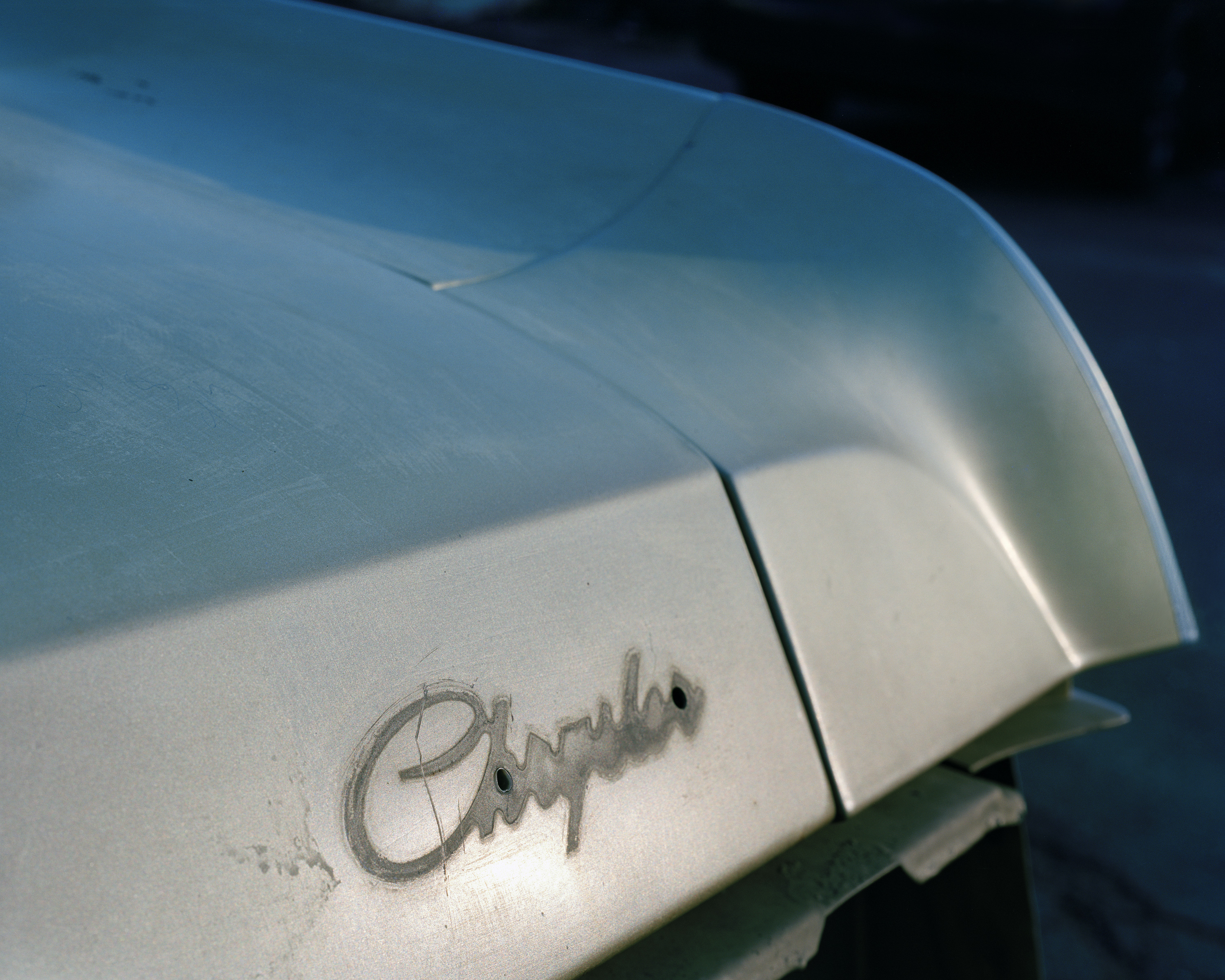
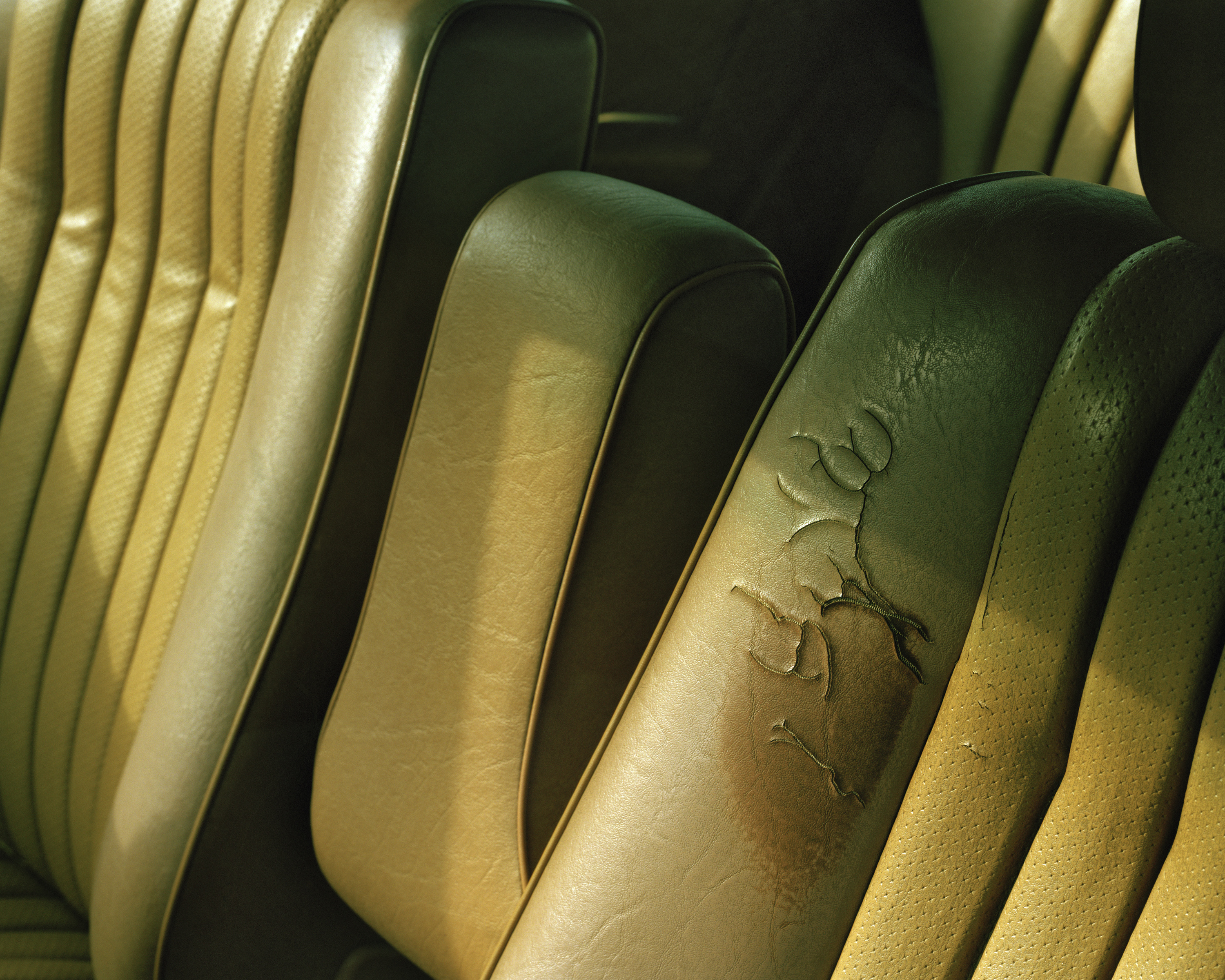
- What does photography mean to you?
Transformation. It’s the act of putting four edges around a collection of information. It imposes order based on personal taste and aesthetics. The photograph becomes something greater than what was actually there. That transformation is what photography is to me.
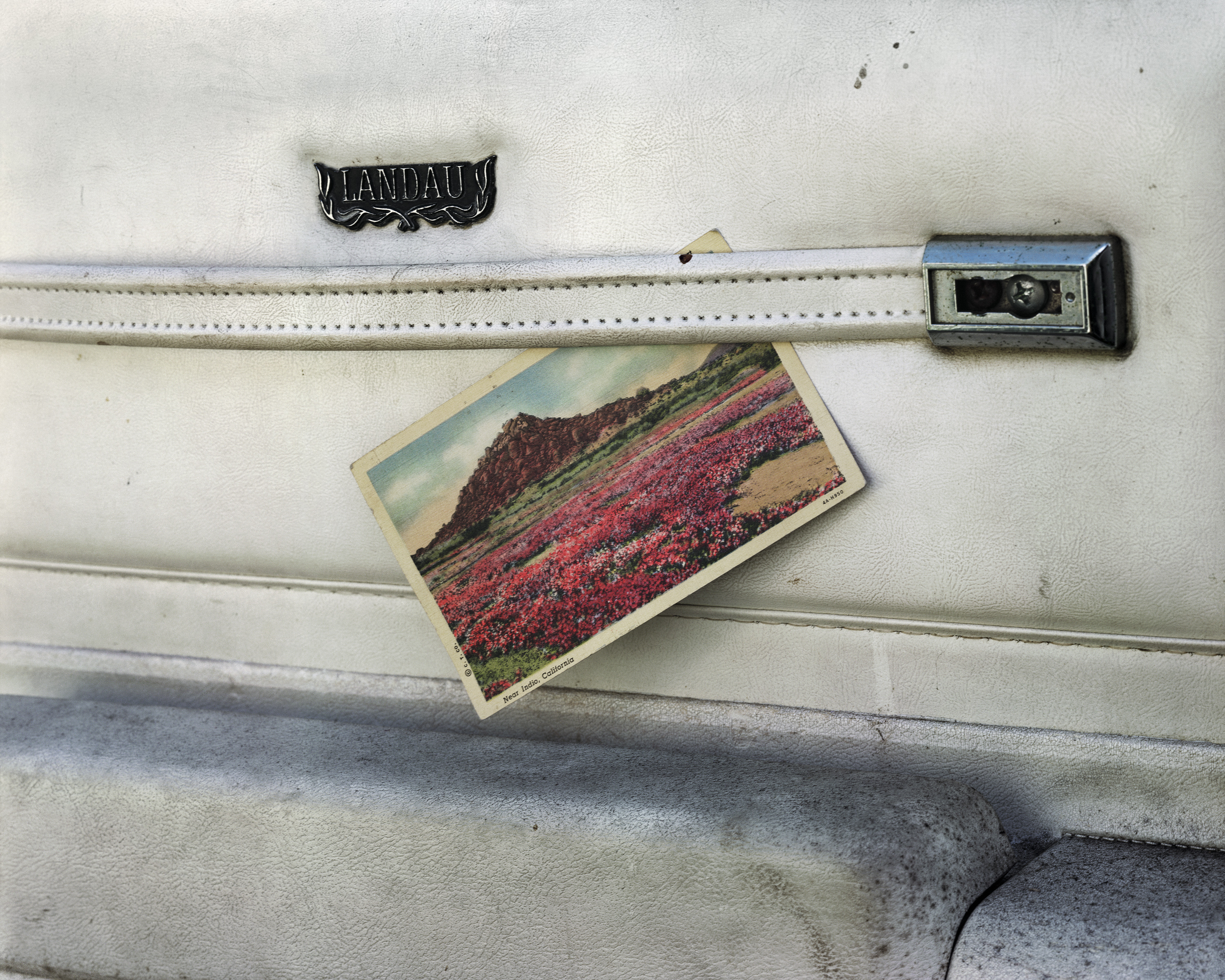
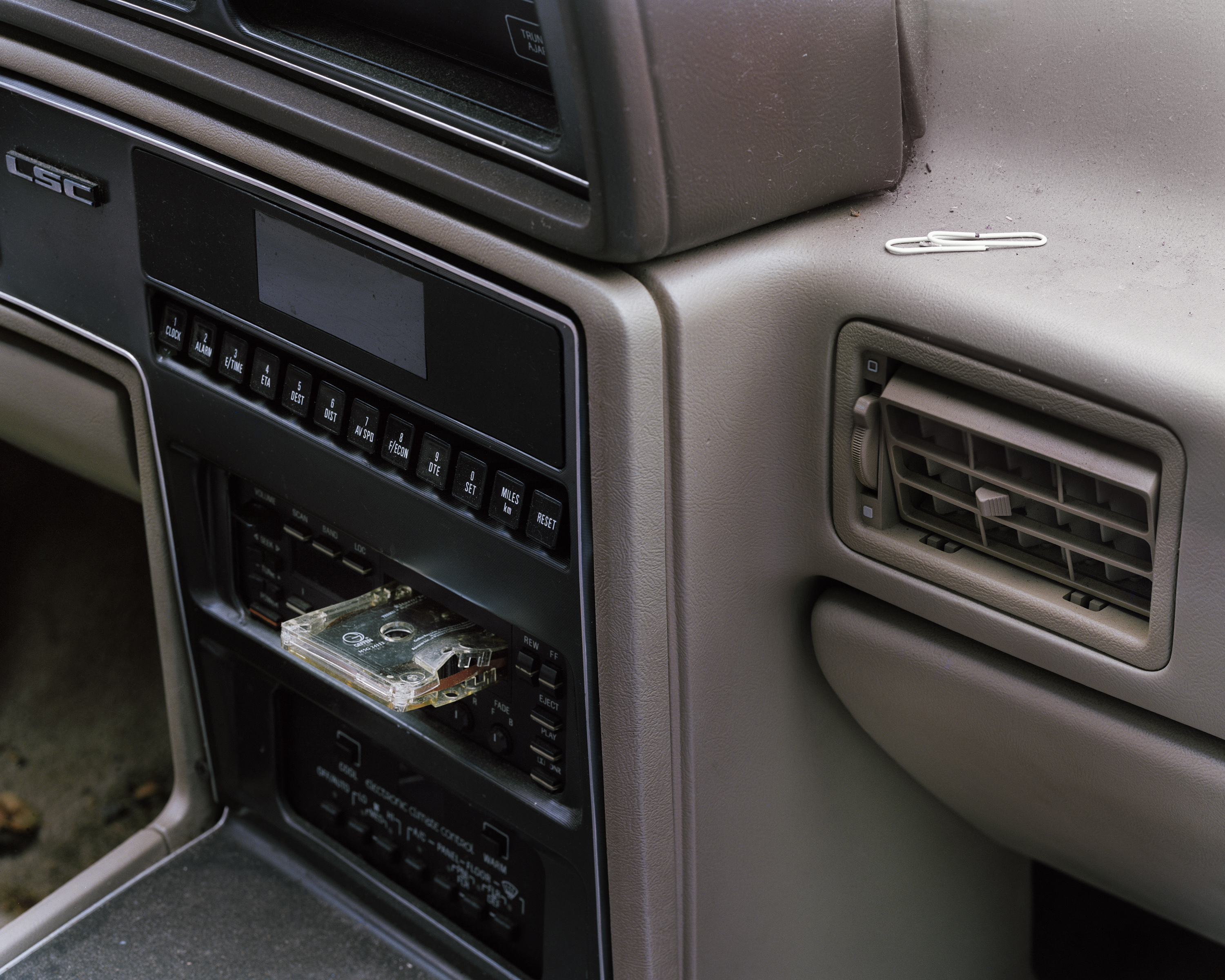
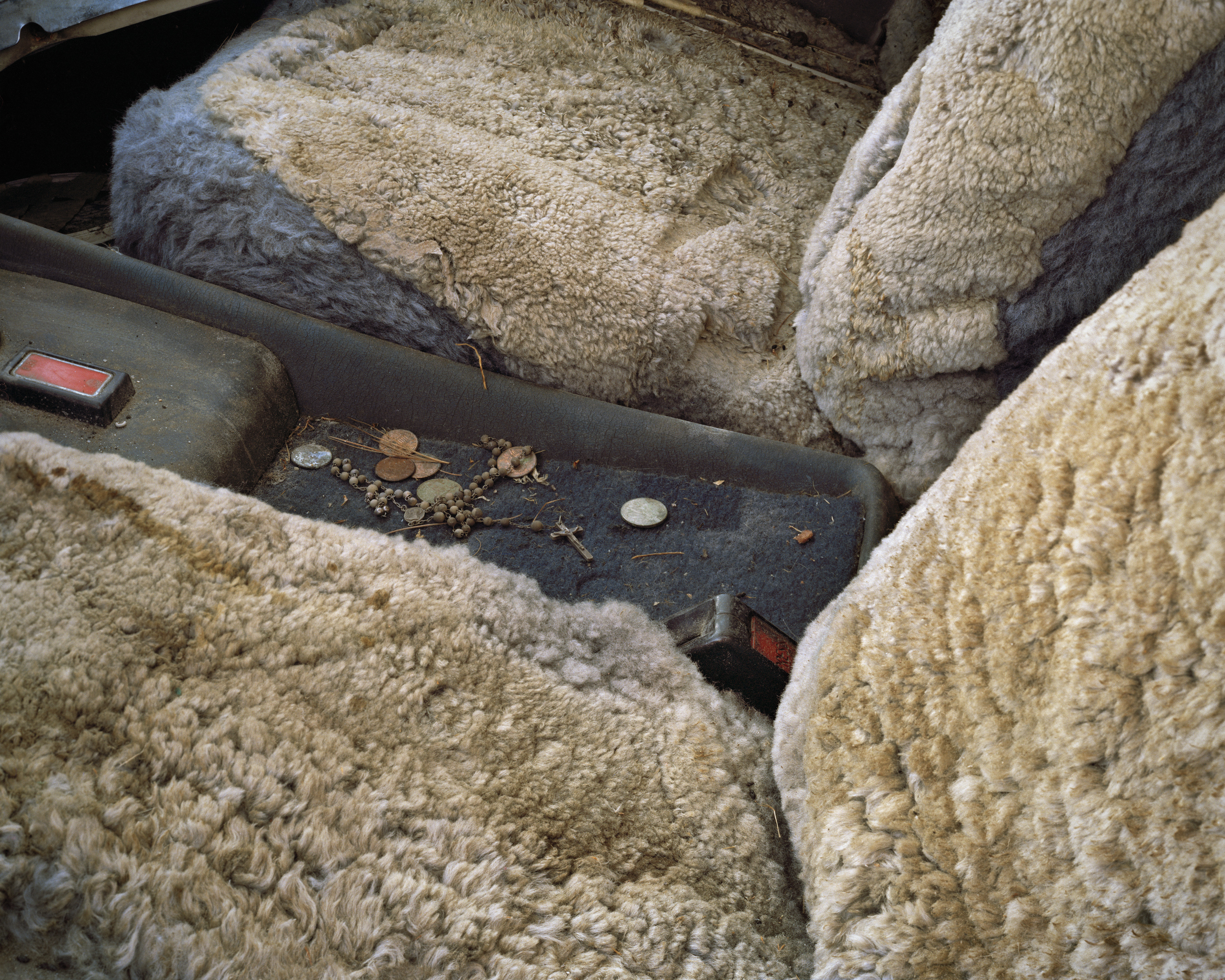
- Tell us about your first camera
My very first camera was a teal blue Le Click, a disk camera from the 80’s. My first “real” camera was a hand-me-down from my sister. An old Minolta SLR (XG 1), which I took with me wherever I went.
- Which other photographers, designers, artists or creative people are you loving at the moment?
There is so much good work out there these days. I’ve recently been looking at Kapulani Landgraf’s landscape work of Hawaii. I’m a huge fan of her work.
Judith Joy Ross is really having a moment. I've been a fan of her work for a long time.
Lately, I’ve was obsessed with “Some Say Ice” by Alessandra Sanquinetti. I keep going back to that book. I can’t get enough. I’m also a huge fan of Eli Durst’s book “The Four Pillars”. There is something mysterious, oddly beautiful, and eerie about both these books.
I love listening to Vinyl on vintage players. I’ve been listing to a lot Pharoah Sanders lately.
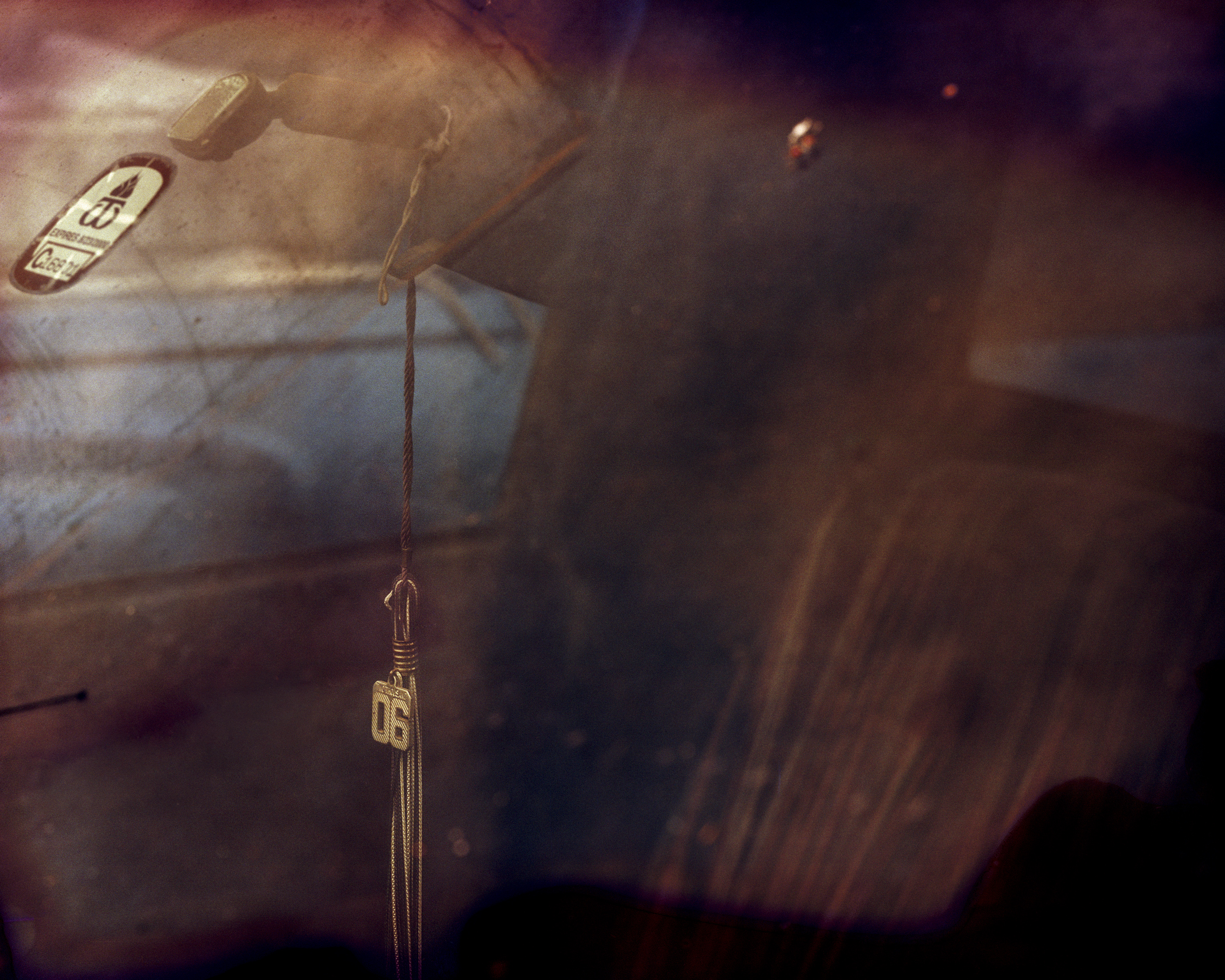
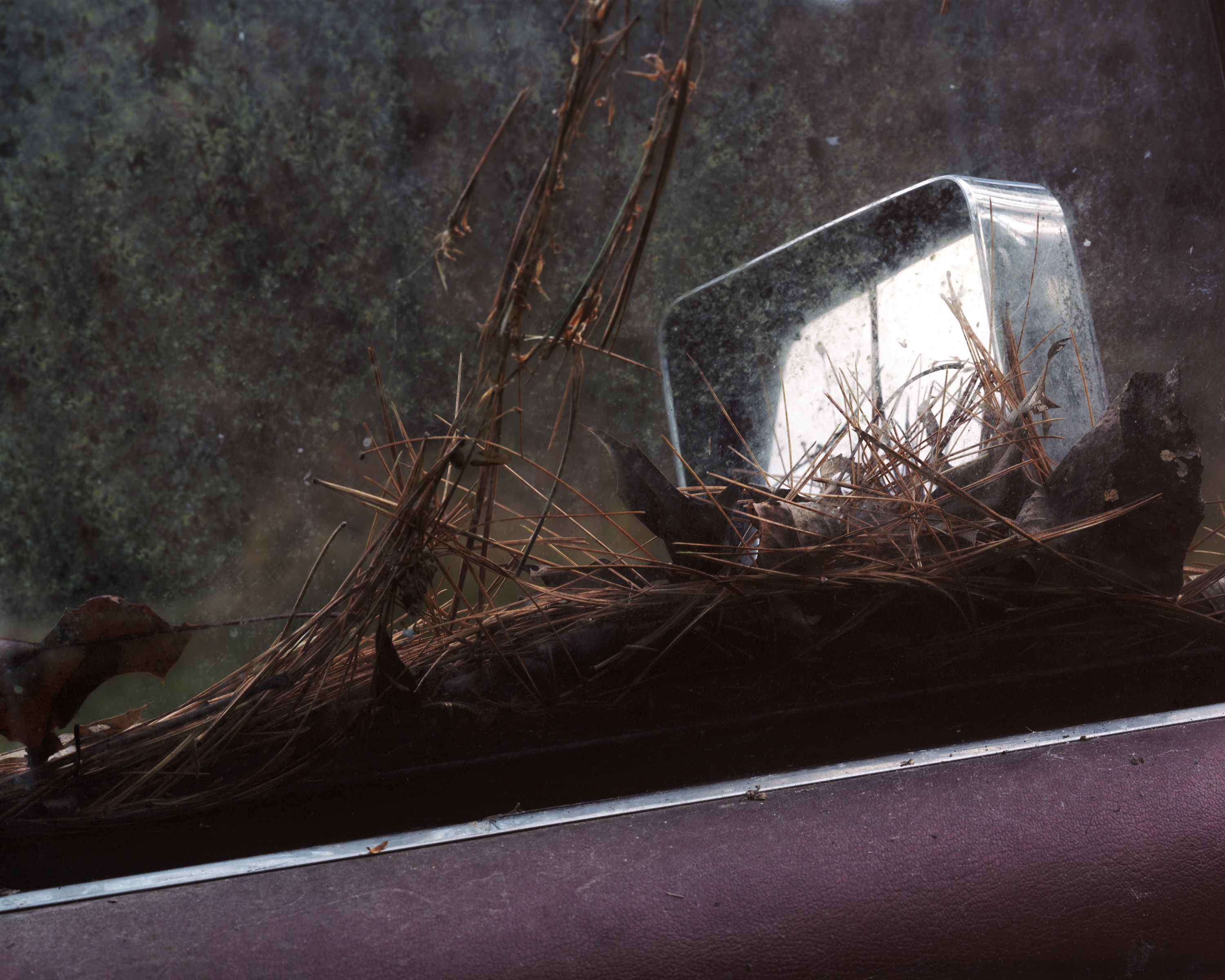
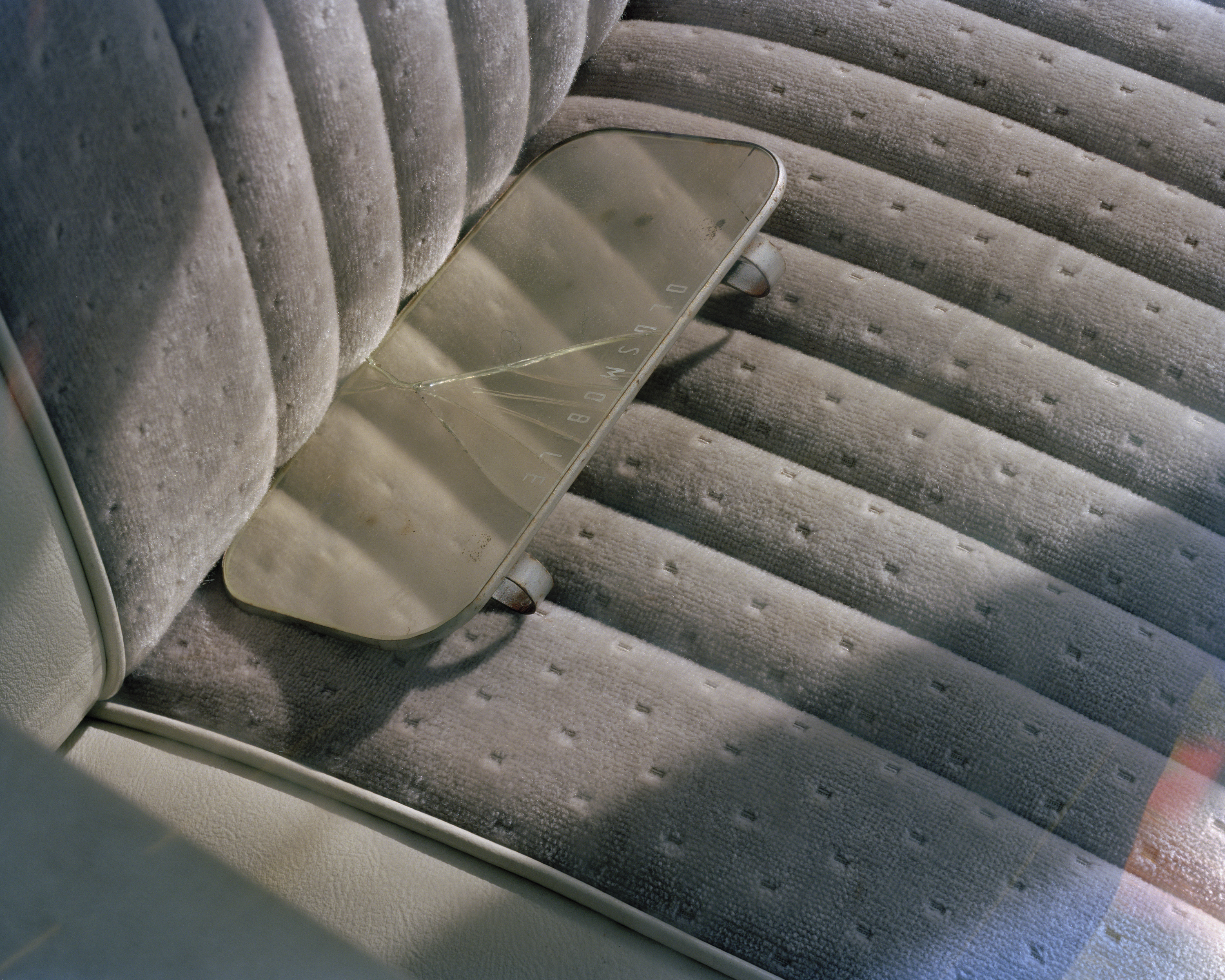
© Pictures by
Phillip Jung
